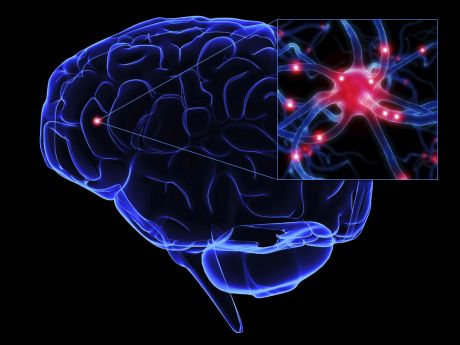A detailed look at neurons in the brain

A detailed look at neurons in the brain
Neurons in our brain are crucial for information processing but their study is a complex endeavour. EU funded researchers developed optogenetic tools to overcome associated technical issues.
Neurons use electrical impulses to store, process, and transmit
information. Previously, researchers were only able to correlate
neuronal responses to environmental changes and record behavioural
responses after stimulating neurons.
Under the project MANIPULATENEURALCODE (Determination of the neural code, or how the brain processes and stores information, by recording and stimulating neural activity in awake behaving mice), scientists aimed to combine these two approaches. Manipulating activity of desired neurons and recording their activity would aid in determining the spatiotemporal pattern of activity in the brain that drives perception or activity.
Project researchers successfully used light to record and selectively manipulate neuronal activity with single cell resolution via advanced two photon microscopy. More specifically, they developed non-invasive optogenetic tools using calcium imaging to record and stimulate several neurons simultaneously and studied their impact on mouse behaviour. This approach is a quantitative analysis of neuronal networks.
A first, researchers could target up to 20 user-selected neurons for spatiotemporally precise optogenetic activation in awake and behaving animals. As a result, they were able to photostimulate the same neuronal population under different behavioural conditions.
The MANIPULATENEURALCODE optogenetic toolkit enables high-throughput, flexible and long-term in vivo study of the mammalian brain. More importantly, this non-invasive technique is accurate and enables the study of functionally defined neural circuits with high spatiotemporal resolution. Research outcomes were published in the high-profile journal Nature Methods (Packer et al, 2015).
The toolkit developed during the course of the project can empower scientists to probe the nature of the neural code and study the natural pattern of activity in neural circuits. As a result, scientists may be able to unravel and resolve brain dysfunction in debilitating afflictions such as anxiety, depression, addiction, autism and movement disorders. Millions of affected people can hope for a better quality of life.
published: 2016-07-18